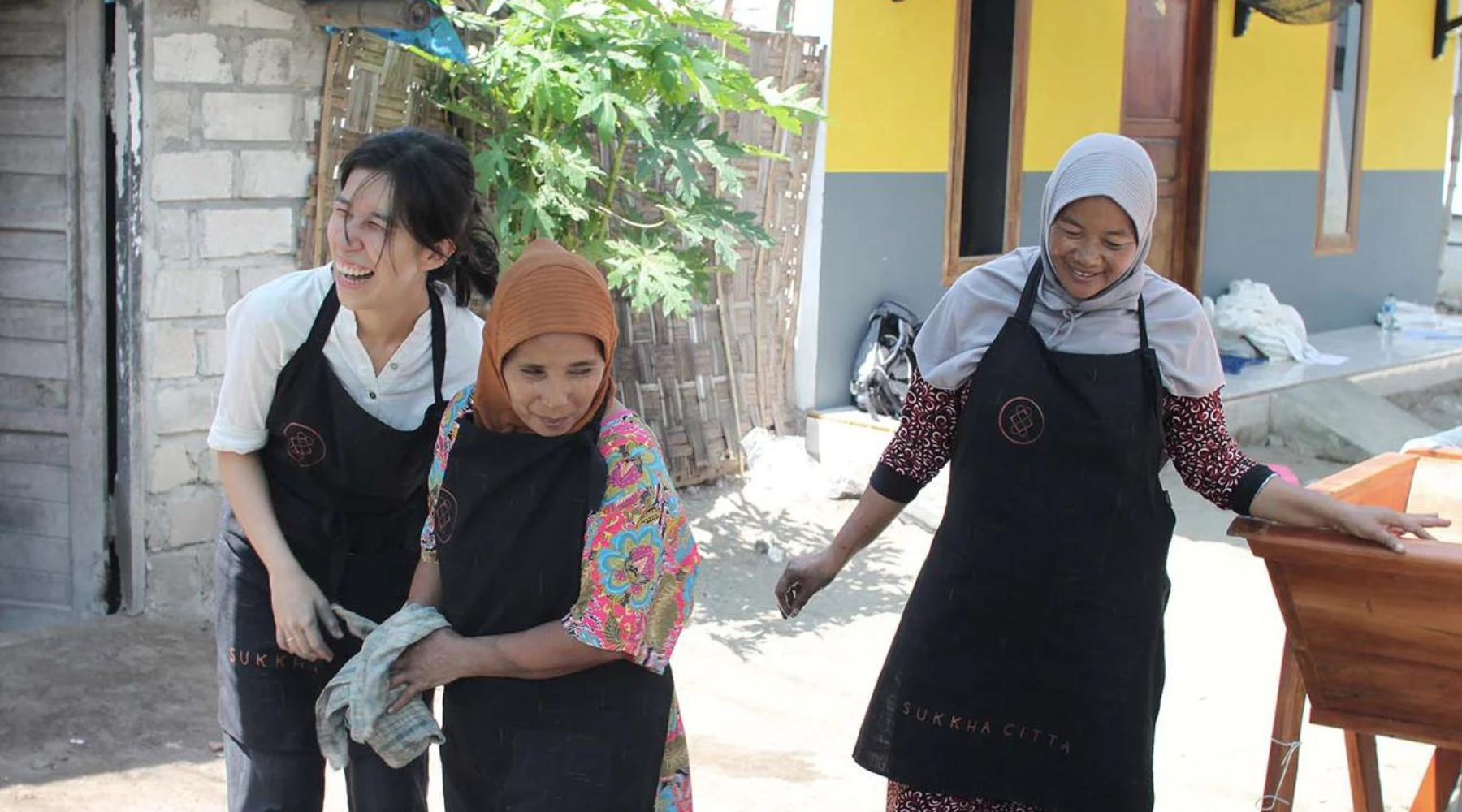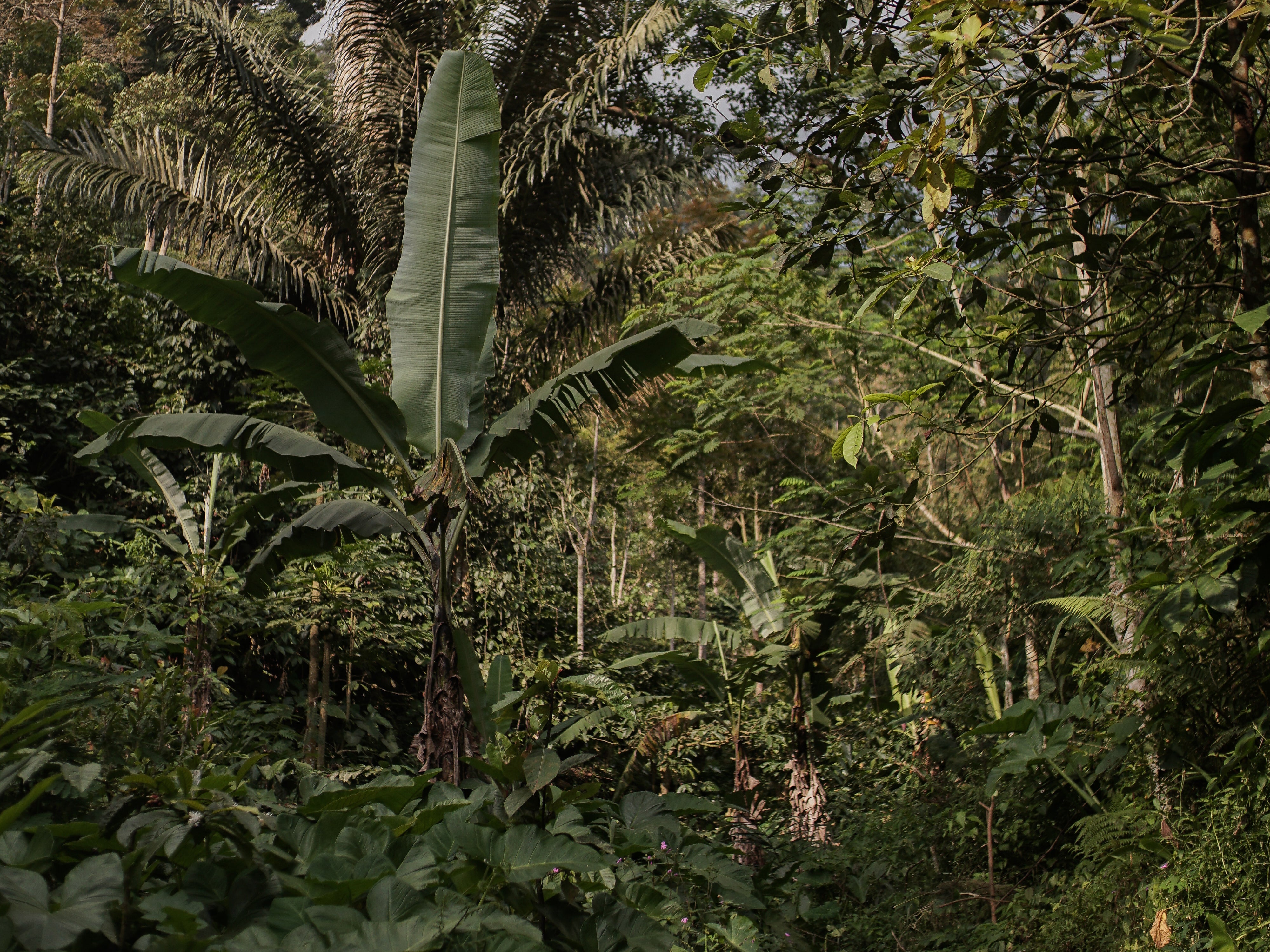
It is already close to midnight when we finally arrive in East Java. We are tired from the five hour drive from the airport but also very excited about our mission: We are here to kick off a natural dye capacity building program that will stretch over the entire 2 years.
Together with a community of Batik craftswomen, we will identify and implement best practices, build on their craft skills and business knowledge and strengthen their quality control system – allowing us to scale-up our impact in the community.
When we meet the Ibus, we are greeted with loud, friendly chatter and jamu, a traditional herbal drink that has been part of Javanese culture for centuries. It is a great, rightly knit community of strong women that we are working with here and it is wonderful to be back.
Most of them come from a long lineage of Batik and have learned the craft from a young age. They are extremely committed to our initiative and are already looking forward to the training.

This visit, we focus on common defects of the batik process and how to avoid them. Over the next few days we step for step introduce a new QC system that is informed by previous experience, lots of research and great inputs from a group of Japanese artisans we met last year.
To make the training as relevant as possible, we implement the learnings right away. Together, we start the production of a new motif and go through every step – from checking the base fabric over the batik process itself to dyeing and washing.
The training is a great opportunity to connect more with our artisans. Waiting for the fabrics to dry, we chat with them about their families and life in the village. Most of them could not earn enough money as an artisan before, mostly selling to middlemen at very low rates and facing erratic demand.
So many of them started to sell snacks, drinks or sandals to supplement the family’s income. In many cases what they made despite endless hours of work from 4 in the morning to late at night was barely enough to get by.


To us, this shows that there is a big need for the kind of work we do.
If artisans cannot earn enough to make a living, how can their craft live on? At SukkhaCitta our current core focus is to provide our artisans with access to both knowledge and market.
By working with rural artisans directly, we allow them to earn a higher income or what we call a living wage. At the same time, we ensure continued demand through training in product quality and innovation, showing ways to keep their craft relevant in a modern market. We believe it is the best way to empower the artisans and preserve their tradition at the same time.
We leave the village feeling deeply grateful and excited. We are happy about how open the women were to our training and how actively they shared their experiences. We can’t wait to come back and continue the program. There is so much potential here and so much more that we can achieve together.
Until then!
Bertram




